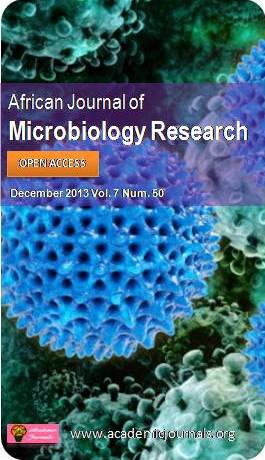 The Improving physico-chemical and microbiological quality of compost tea using different treatments during extraction African Journal of Microbiology Research 2015 Link Here A group of Jordanian scientists wanted to determine what conditions produce more microbes in an aerated compost tea. Four microbial groups were assessed: Total Bacteria, Nitrogen Fixing Bacteria, Actinomycetes, and Fungi. The researchers tested four different brew conditions: Water Temperature, Brew Time, Compost-to-Water ratios, and Food Sources. A basic compost and molasses recipe was used for all the experiments, with additional food sources added for the last experiment. The water temperatures tested were 68F, 82F, 99F, and 113F. The bacteria grew best at the lower temperatures (68-82F), while fungus and actinomycetes grew better at the the warmer temperatures. Regarding brew time checked at 12, 24, 48, & 72 hours, all microbe populations increased as brew time lengthened. The amount of compost used per gallon of water was found to correlate directly with microbial counts, ie. the more compost, the more microbes. The researcher indicate that a 1:20 ratio (weight to volume) is most efficient, meaning that for every 20 gallons of water only 1 pound of compost is needed. Lastly, and most interestingly, food sources were looked at. The four microbial food source inputs were: (1)Molasses, (2)Ammonium Nitrate, (3)Potassium Phosphate, and (4) a combination of those three. The results showed that (1)Molasses does contribute to a boost in all groups, though the (4)combination of food sources led to an even greater boost in total numbers and diversity. The treatment with only Potassium Phosphate drastically increased Nitrogen fixing bacteria, while it significantly lowered the total fungi counts. The highest amount of nitrogen fixers were found in the Potassium Phosphate treatment, which showed the lowest populations for the other three groups of microbes. What do we learn from this? If you want microbial diversity, use diverse food sources, and if you want only nitrogen fixers, feed the tea with potassium and phosphate sources. Lastly, the researchers used inorganic food sources (Ammonium Nitrate, and Potassium Phosphate) in this experiment, we hope that the next time around they look at how organic sources of Nitrogen, Potassium, and Phosphorus affect microbial counts. Thanks to all the researchers out there doing the nitty-gritty work so we can grow happier, healthier gardens.
0 Comments
Your comment will be posted after it is approved.
Leave a Reply. |
Archives
June 2024
Categories
All
|
Contact Us
Why TeaLAB?TeaLAB is committed to helping people and their gardens to become more self- sufficient, healthier, and productive. Grow your sweetest corn, your biggest watermelon, your tallest quinoa, your tastiest tomato, and your happiest you.
TeaLAB was founded to teach people how to garden organically, so that we can become more closely connected with the land. Our goal has been to simplify growing methods so that gardeners have a positive experience in the garden. TeaLAB is where the garden meets the laboratory. From around the world and into your backyard, our products contain ingredients that are sourced both locally and globally. Using methods both ancient and cutting edge, TeaLAB promotes maximum biology. Grow with TeaLAB. |

 RSS Feed
RSS Feed
